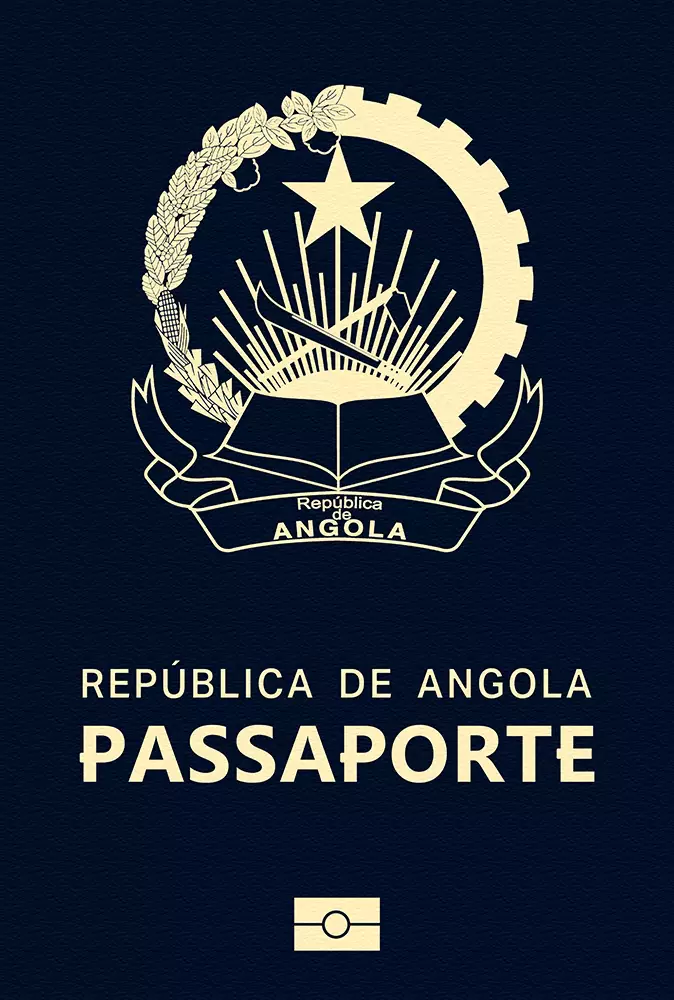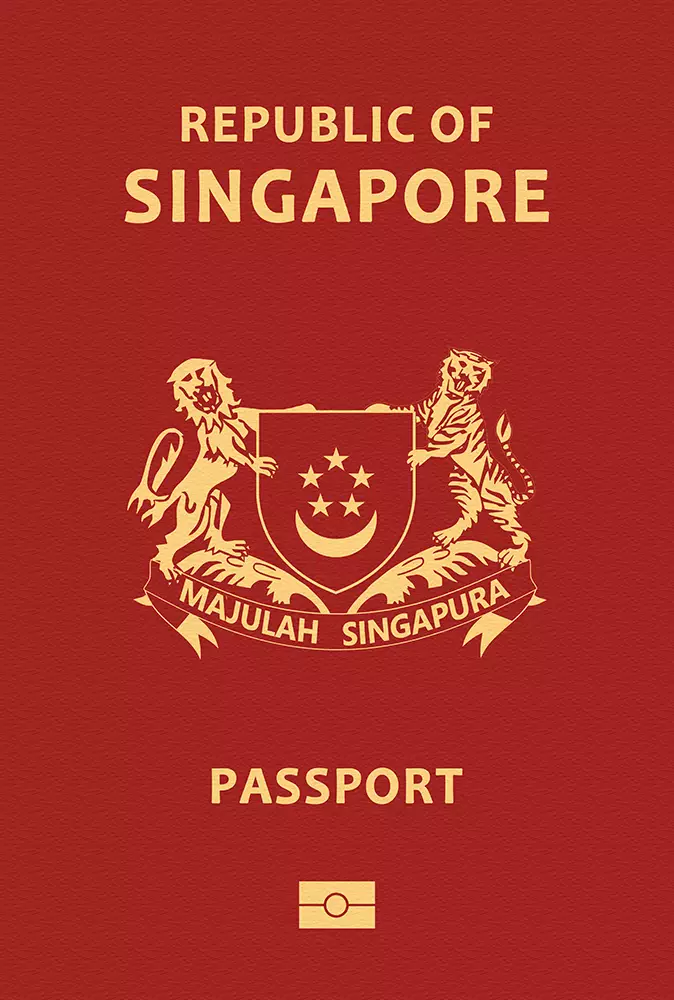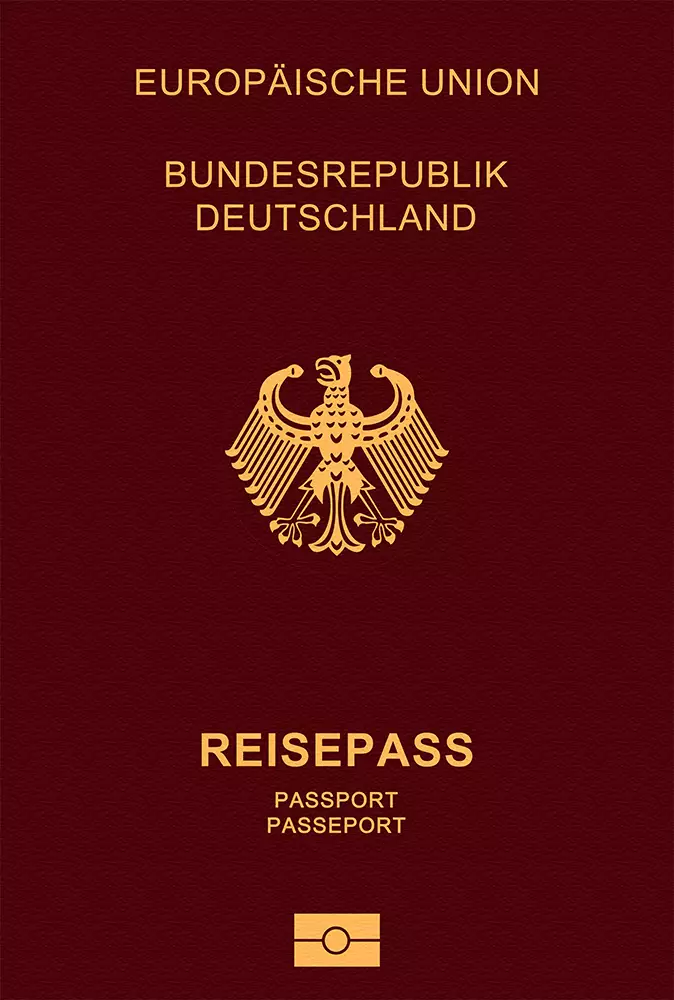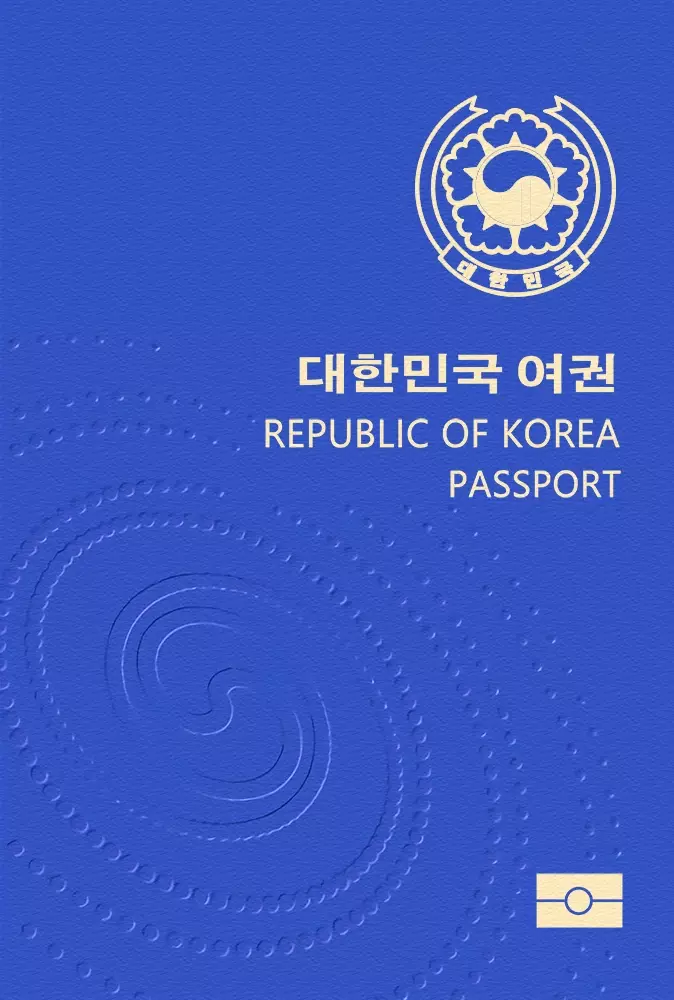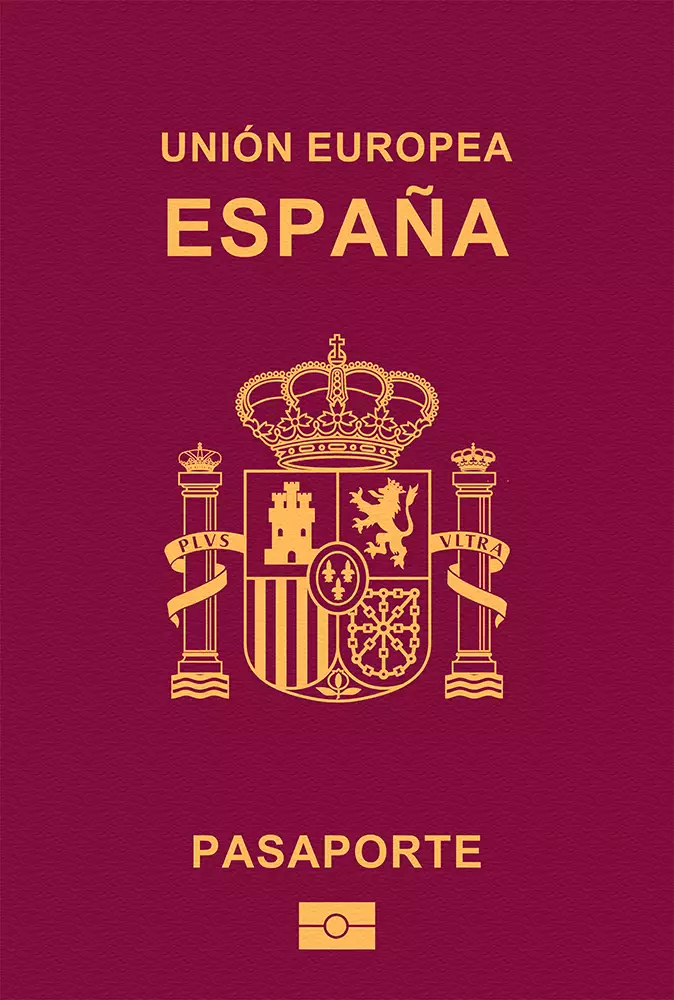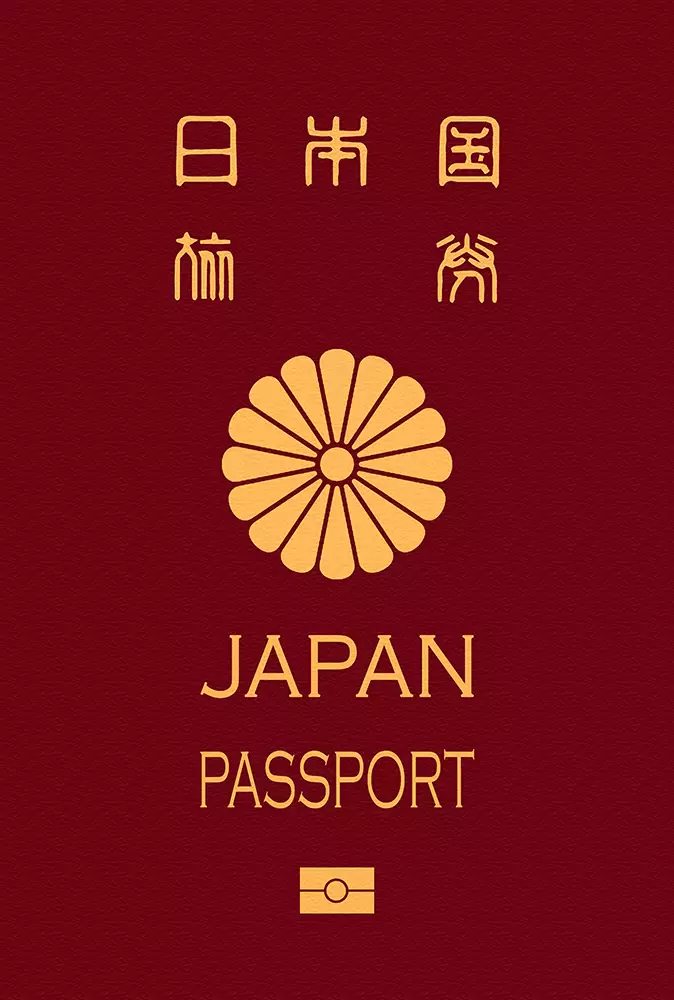Angola's
Republic was formerly a Portuguese colony. 18 provinces make up this
sub-Saharan African nation. It shares borders with the Democratic Republic of
the Congo, Namibia, and Zambia. The three most significant provinces are
Benguela, Huila, and Luanda. With a surface size of 1.2 million square
kilometers, Angola ranks seventh among Africa's largest nations. It has two
seasons and a generally tropical climate. The months of November through April
are the rainy season, and May through October is the dry season. There are 34
million people living there in total. With 2.5 million residents, Luanda is the
most populous city in the nation and serves as its capital. Benguela, Huambo,
and Lubango are some of the other significant cities in the nation. It links
Luanda to locations in Latin America, Europe, and Africa. In 1975, Angola
separated from Portugal. Portuguese ancestry predominates in its culture. The
most common religion is Catholic Christianity. Being the second-largest
Portuguese-speaking nation in the world, Portuguese is the official language of
the nation. There are still many different tribal languages and dialects.
Portuguese civil law serves as the foundation for the legal system. Laws are
not subject to judicial review. The president of the republic is Joao Manuel
Goncalves, who leads a democracy. The Kwanza (AOA), which is the national
currency of the nation, is currently worth 832 USD. With an open economy,
Angola produces a GDP of about $124.79 billion.. It now ranks as Sub-Saharan Africa's third-largest economy. The per capita
income of the area is $3,791. The oil and gas industry accounts for around 97%
of the country's GDP. For this reason, it is among the government's only
sources of income. The economy also greatly benefits from the diamond mining
industry. The Republic of Angola is a fascinating travel destination with a
variety of attractions. It's well-known for its abundant wildlife and for
safari trips across many national parks. Kissama National Park, the Tunda Vala
Fissure, Dilolo Lake, and the Dala Waterfalls are a few of the important
locations. Approximately two-thirds of the 220,000 annual tourists come from
Europe and nearby African nations.

